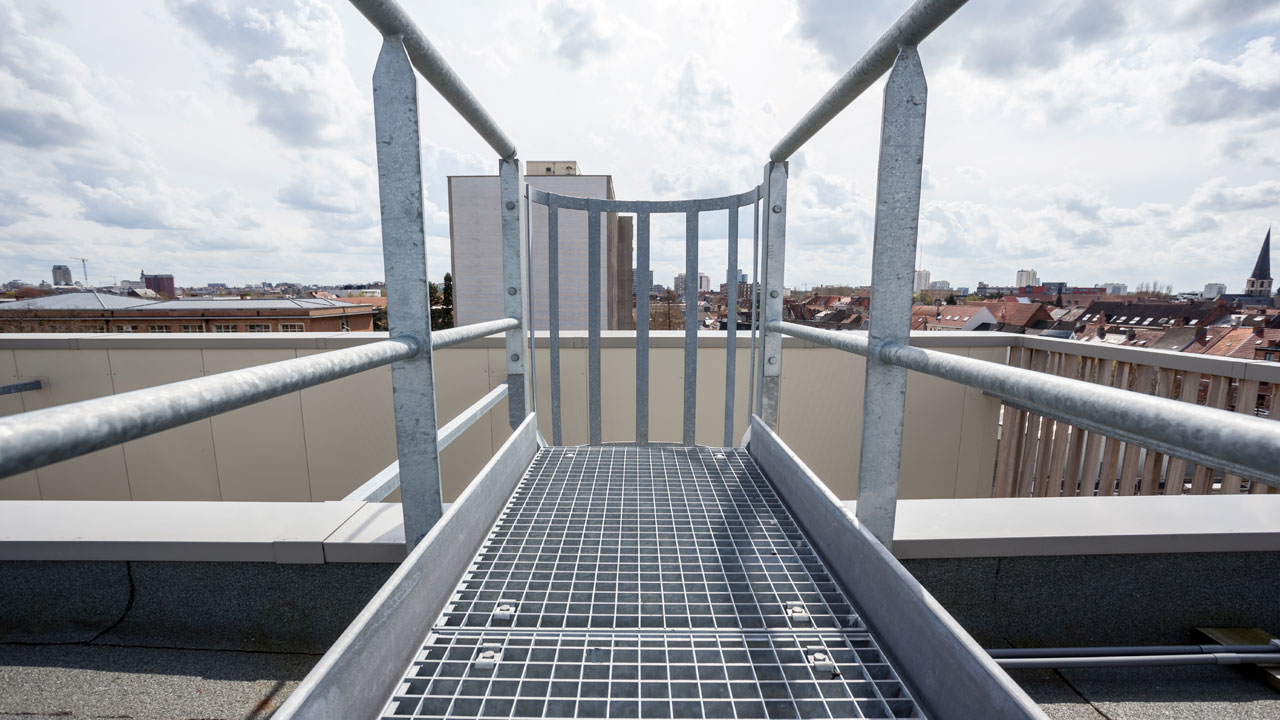Back in 2017, OSHA released new guidelines designed to improve safety for 112 million American workers—with a special emphasis for those who work on rooftops. Where OSHA did not previously specify safety mechanisms for workers near unprotected rooftop edges, the organization now mandates rooftop guardrail systems for those within six feet of a drop. These rules were mandated to come into effect in January 2018. If you haven’t already begun complying, now is the time.
Why Install Rooftop Safety Systems?
Injuries incurred when falling off a roof represent one-third of all construction fatalities. Although the surface of a commercial roof may appear to be level and relatively free of obstacles, it has its own hidden dangers. Pipe trays, cable runs, debris from storms, and weakened membranes all pose trip hazards. Even if you don’t fall off the roof, a fall can still present immense opportunity for harm.
In addition to the tragedy and bad press that comes with an injury or loss of life, rooftop accidents open a company to liability. First, if OSHA determines that an accident was caused by negligence—such as the failure to assess a fall hazard, a failure to install adequate safety equipment, or a failure to train an employee on how to use said safety equipment—then the organization will levy a fine. OSHA increased its fee schedule in both 2018 and 2019, and will now charge up to $13,260 per day for an unabated violation, and a total of $132,598 for willful or repeated violations.
Lastly, there are lawsuits to consider. The average cost of a lawsuit related to a slip-and-fall injury is around $54,000. Although your insurance may cover your legal costs, your premiums will almost certainly go up. Therefore, investing in rooftop guardrail systems now means avoiding large one-time and recurring expenses in the future.
How to Comply with OSHA
One of the easiest ways to comply with OSHA-mandated protections for workers is to install walkways or guardrails on top of your roof. These systems are easy for a few reasons:
- They’re generally sold as modular components, so it’s easy to customize a solution for your roof.
- They include non-penetrating anchorages that allow installation without damage to membranes.
- They help solve two key OSHA requirements—guardrails for any worker working within 6’ of a roof edge, and guardrails for any worker working at an elevation over 48”.
Not every industry is going to need the same kind of safety equipment or rooftop support systems. Whereas an office building might need a few walkways, crossovers, and pipe supports, an industrial complex will need more complex and heavy-duty equipment, plus redundant systems in case of major repairs.
At PHP Systems/Design, we specialize in creating custom rooftop solutions that accommodate the needs of different industries. We conduct in-depth consultations with facility professionals in order to design rooftop support systems that let your power, HVAC, and industrial systems work efficiently while both meeting and exceeding OSHA requirements. Contact us today for pricing and additional information.




